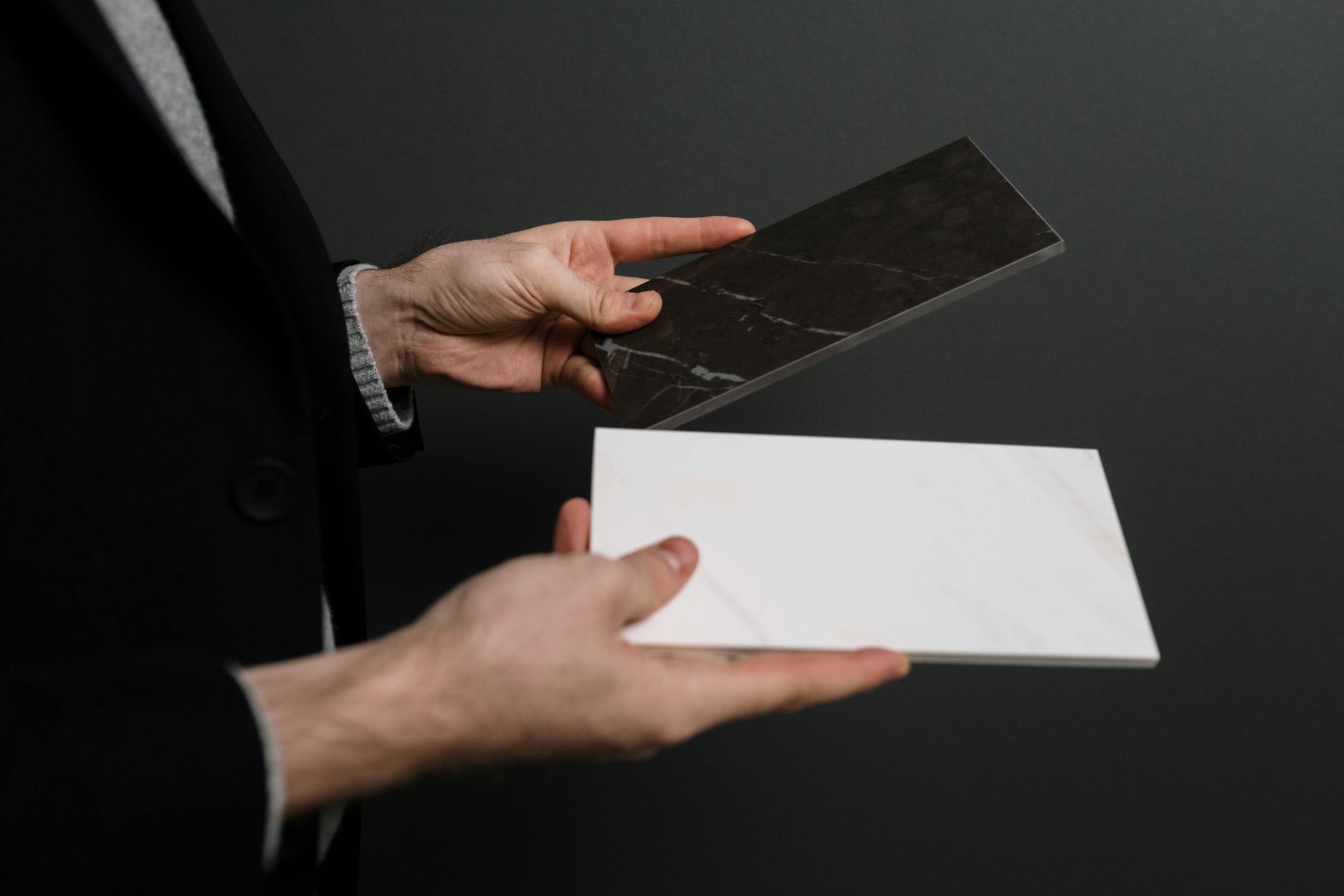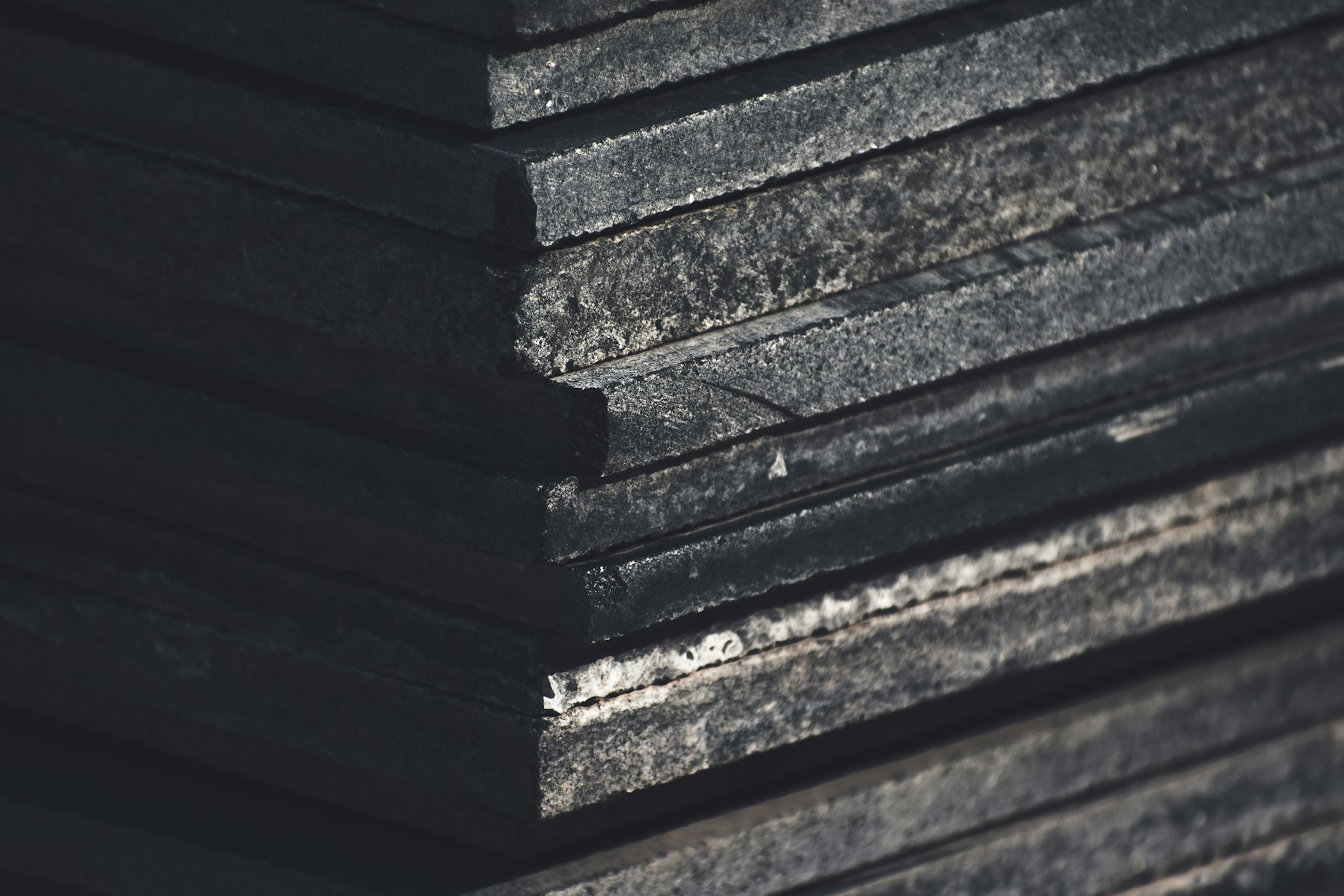Diamond blades have revolutionized the stone-cutting industry, offering unparalleled precision and efficiency in the processing of granite and marble. As two of the most coveted materials in construction and interior design, granite and marble demand specialized tools for cutting, shaping, and polishing.
Here’s a guide to diamond blades, exploring their types, characteristics, and best practices for achieving optimal results in granite and marble cutting.
Understanding Diamond Blades
Diamond blades are cutting tools featuring diamond particles bonded to the blade’s core. The diamonds’ hardness and abrasiveness make them ideal for cutting through tough materials like granite and marble. These blades are typically made of a metal core, with diamond segments strategically placed along the perimeter.
Types of Diamond Blades
There are various types of diamond blades designed for different applications. In the context of granite and marble cutting, the most relevant types are discussed below.
- Continuous Rim Blades: Ideal for wet cutting, these blades have a continuous rim of diamond around the circumference, providing smooth cuts in delicate materials like marble.
- Segmented Blades: Featuring gaps between diamond segments, these blades are suitable for both wet and dry cutting. They offer faster cutting speeds and are ideal for granite.
- Turbo Blades: These blades have a serrated rim that aids in faster cooling during cutting. Turbo blades are versatile and effective for both wet and dry cutting of granite and marble.
- Sintered Blades: Manufactured using a high-temperature sintering process, these blades have a longer lifespan and are effective for heavy-duty cutting in granite and marble.
Selecting the Right Diamond Blade
Consideration of Material
Selecting the appropriate diamond blade involves considering the type of material to be cut. Granite and marble have different characteristics, and choosing the right blade ensures optimal performance. For softer materials like marble, continuous rim blades are preferable, while segmented or turbo blades are more suitable for harder granite.
Wet vs. Dry Cutting
The choice between wet and dry cutting depends on the project requirements and the type of equipment available. Wet cutting reduces dust, cools the blade, and extends its lifespan. However, dry cutting is more convenient in certain situations. Ensure that the chosen diamond blade is compatible with the selected cutting method.
Blade Size and Horsepower
The size of the diamond blade and the horsepower of the cutting equipment play crucial roles in achieving efficient cuts. Larger blades are suitable for larger projects, while smaller blades are more maneuverable for intricate cuts. Matching the blade size with the equipment’s horsepower ensures optimal performance and longevity.
Best Practices for Granite and Marble Cutting
Preparation
Before initiating any cutting operation, proper preparation is essential. Clean the work area, secure the material to be cut, and wear appropriate safety gear, including eye protection and hearing protection.
Blade Installation
Follow the manufacturer’s guidelines for installing the diamond blade onto the cutting equipment. Ensure that the blade is securely fastened to prevent any wobbling during operation.
Cooling
To prevent overheating and extend the blade’s lifespan, use water for wet cutting or employ a blade with cooling holes for dry cutting. Proper cooling also enhances the quality of the cut and minimizes the risk of thermal damage to the material.
Blade Maintenance
Regularly inspect the diamond blade for signs of wear, damage, or dullness. Replace the blade if necessary, and adhere to the manufacturer’s recommendations for maintenance. Proper care ensures consistent performance and extends the life of the diamond blade.
Blade Rotation
To ensure even wear on the diamond segments, periodically rotate the diamond blade during extended cutting sessions. This practice promotes uniform utilization of the diamonds, preventing premature wear on specific segments and enhancing the overall cutting performance.
Depth of Cut
When cutting granite and marble, avoid making excessively deep cuts in a single pass. Instead, gradually increase the depth with each pass to prevent overloading the blade and reduce the risk of chipping or cracking the material. This approach ensures a smoother cutting process and minimizes strain on both the blade and cutting equipment.
Cutting Speed
Maintain a consistent and appropriate cutting speed throughout the operation. Excessive speed can lead to overheating, while too slow a pace may cause unnecessary friction and wear. Experiment with cutting speeds on scrap pieces to find the optimal rate for your specific blade and material combination.
Blade Quality and Source
Invest in high-quality diamond blades from reputable suppliers. Cheaper, substandard blades may compromise the cutting process, leading to uneven cuts, chipping, or premature wear. Research and choose blades that are specifically designed for granite and marble cutting, considering factors such as diamond grit, bond type, and overall construction.

Ready to elevate your granite and marble cutting game? Explore TMS Equip for a diverse collection of high-quality diamond blades. From diamond masonry blades to concrete diamond blades and diamond blades for stones, find precision tools to redefine your projects.
Register on their platform for more details.
About the Author
John Smith is a professional in the construction industry, specializing in stone cutting. With years of hands-on experience, he provides comprehensive guidance on diamond blades for granite and marble cutting.


